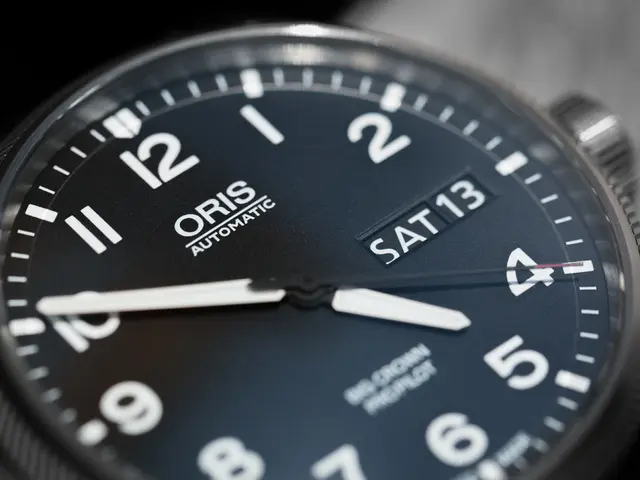Cutting-edge e-tattoo technology now capable of monitoring brainwave activities
Researchers at the University of Texas at Austin have developed a groundbreaking innovation in brain activity measurement: temporary tattoos that can be sprayed onto the scalp. This non-invasive method, known as EEG e-tattoos, was detailed in a study published in Cell Biomaterials.
These tattoos hold the potential to revolutionize brain-computer interface devices and could significantly improve the repair of sensory-motor and cognitive functions in the human brain. José Millán, the study's author and Chair of Neuroengineering at the University of Texas at Austin, said, "Our study can potentially revolutionize the way non-invasive brain-computer interface devices are designed."
An Electroencephalograph (EEG) is a test used by doctors to measure the electrical activity of the brain. The new e-tattoos show promise in diagnosing and monitoring conditions such as brain tumors, epilepsy, and brain injuries. However, setting up an EEG is currently time-consuming, involving the use of pencils, rulers, and manual placement of electrodes on the patient's head.
The e-tattoos use a computer algorithm and a 3D head scan to determine the optimal placement of EEG electrodes on the patient's scalp. An inkjet printer then sprays a thin layer of ink on the designated spots, which penetrates the hair to reach the scalp. Once the ink dries, it acts as a thin-film sensor capable of measuring brain activity.
Unlike traditional EEGs, the process causes no discomfort to patients. The team has also successfully applied this technology to Seismocardiography (SCG) tests on hairless areas, aiming to create a fully wireless EEG experience in the future. A noteworthy aspect of this development is the overcoming of the challenge in designing materials compatible with hairy skin.
The researchers' innovations in sensor design, biocompatible ink, and high-speed printing pave the way for future on-body manufacturing of electronic tattoo sensors, with applications both within and beyond clinical settings. According to one of the study's authors, Nanshu Lu, "Our innovations in sensor design, biocompatible ink, and high-speed printing pave the way for future on-body manufacturing of electronic tattoo sensors".
- The advancements in science and technology have led to the development of tattoos that can be used for health-and-wellness purposes, such as monitoring brain activity through EEG e-tattoos.
- The fusion of fitness-and-exercise technology and mental health therapies is now possible with the use of these EEG e-tattoos, which can help diagnose and manage conditions like brain injuries and epilepsy.
- The study's authors, working in the field of neuroengineering, have identified the potential of nutrition-related research in future applications of these e-tattoo sensors, particularly in creating a fully wireless EEG experience for Seismocardiography tests.








